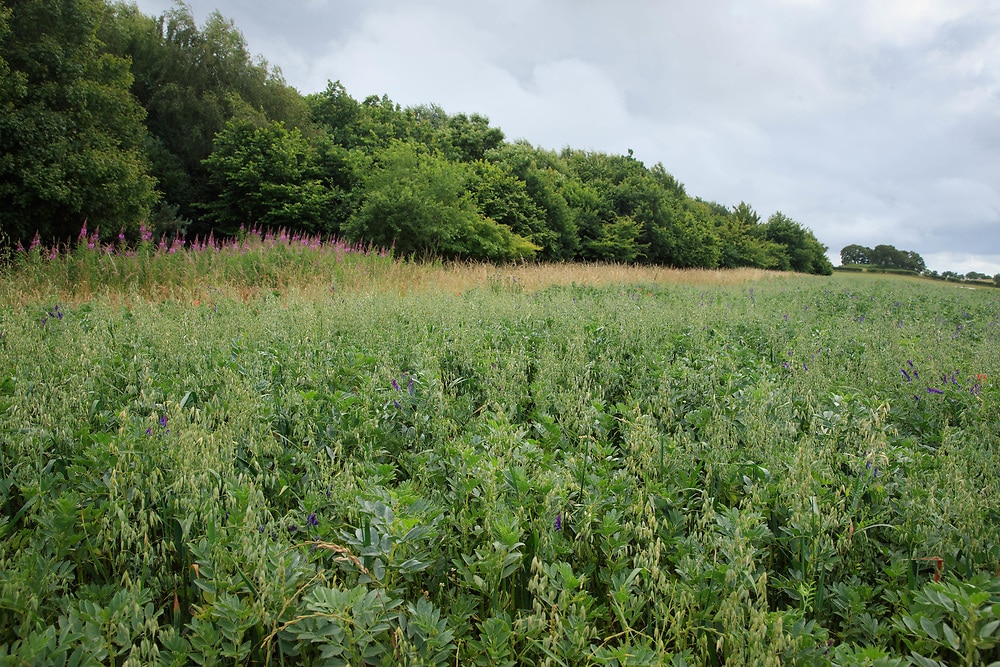Hutchinsons launches Agroecology Charter for regenerative farming – AgriTrade News
Hutchinsons has launched its Agroecology Charter to help growers, agronomists and the wider agri-food supply chain understand and implement the five principles of regenerative agriculture in practice on individual farms...
The initiative was first announced at the Hutchinsons Agroecology conference in January. The Charter was unveiled at last week’s Groundswell event.
The five key principles are to: minimise soil disturbance, maximise crop diversity, keep the soil covered all year round, maintain living roots all year round, and increase soil organic matter.
“To date, there has been no globally accepted definition of agroecology/ regenerative agriculture, other than the widely recognised five key principles,” notes Hutchinsons services director Mike Young. “There is no industry recognised definition of what these practices look like, how they should be implemented, the risks associated with the practices, or how these risks should be mitigated. As a result, agroecology/regenerative agriculture is often not implemented successfully and, in many cases, the intended outcomes are not delivered, resulting in significant ongoing agronomic and financial implications.”
Uncertainty
Mr Young observes a degree of uncertainty in the supply chain regarding the precise meaning of regenerative. Some food processors, traders, retailers, NGOs and advisors are asserting regenerative credentials for commercial benefits, without substantial backing or a clear and obvious definition.
“For agroecological crop management to be successful and its objectives to be achieved, any farm business must carefully consider a host of different aspects, from its resources such as soils, machinery, labour and farm buildings, to other practical considerations around cropping, pest/weed/disease control and nutrition,” says Mr Young.
The Agroecology Charter is designed to address these issues by clearly defining the meaning of agroecological (regenerative) farming. It also presents a framework to help growers and agronomists identify a clear pathway to implement the necessary management changes, while identifying the risks that may need mitigating in the process. At the same time, the Charter demonstrates to end-users, consumers and the supply chain how agroecology advice, services and crop management practices can
support their sustainability objectives.
“Agroecology is about maximising cultural methods, to optimise soil and plant health, in conjunction with carefully targeted inputs,” comments Hutchinsons head of agroecology Ed Brown. “This balance between cultural techniques and conventional agronomy is highly complex and requires the highest quality advice, which is based upon multiple years of research, experience and knowledge.”
Experience
Hutchinsons says it has many years of practical agroecology experience through significant research and field trials. In 2021, the company’s Helix Farm in Shropshire became the first in the Helix network to focus solely on the principles and practices of agroecology.
“It is essential that farmers, in conjunction with their agronomist, can determine what a healthy soil is,” observes Mr Brown. “This means looking beyond the one-dimensional measurements of pH, P, K and Mg, and instead measuring and interpreting three-dimensional soil assessments, which include the physical, chemical and biological indicators of soil health. Only when these factors have been comprehensibly assessed and analysed can a suitable soil management plan be designed and implemented.”
